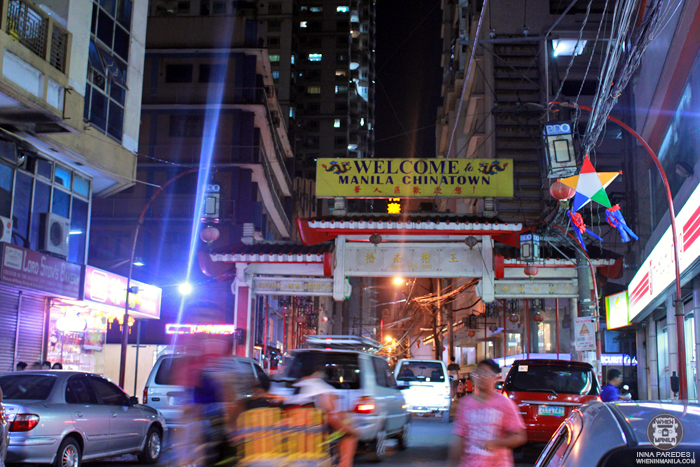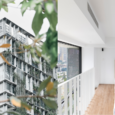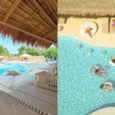Written by Jerenze Christian B. Cuaki
Have you heard about the Paterno, Syquia, Roxas and the Tuazon families?
Martin “Sonny” Tinio Jr., an art and heritage expert, shared a talk about the interesting families that defined the pre-modern era (especially the development of Binondo) in Rediscovering Binondo: Tea with Tinio at the Yuchengco Museum. It is the first of the three-part Tea with Tinio series.
ALSO READ: American Travel Blogger Shares 10 Incredible Reasons to Visit the Philippines
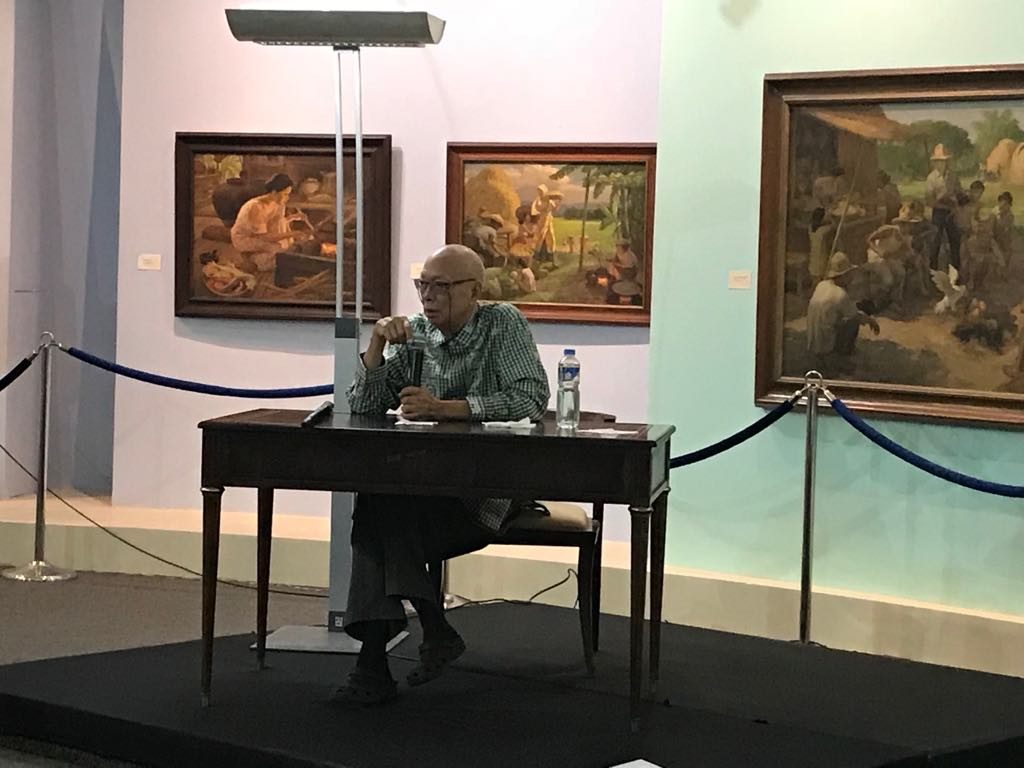
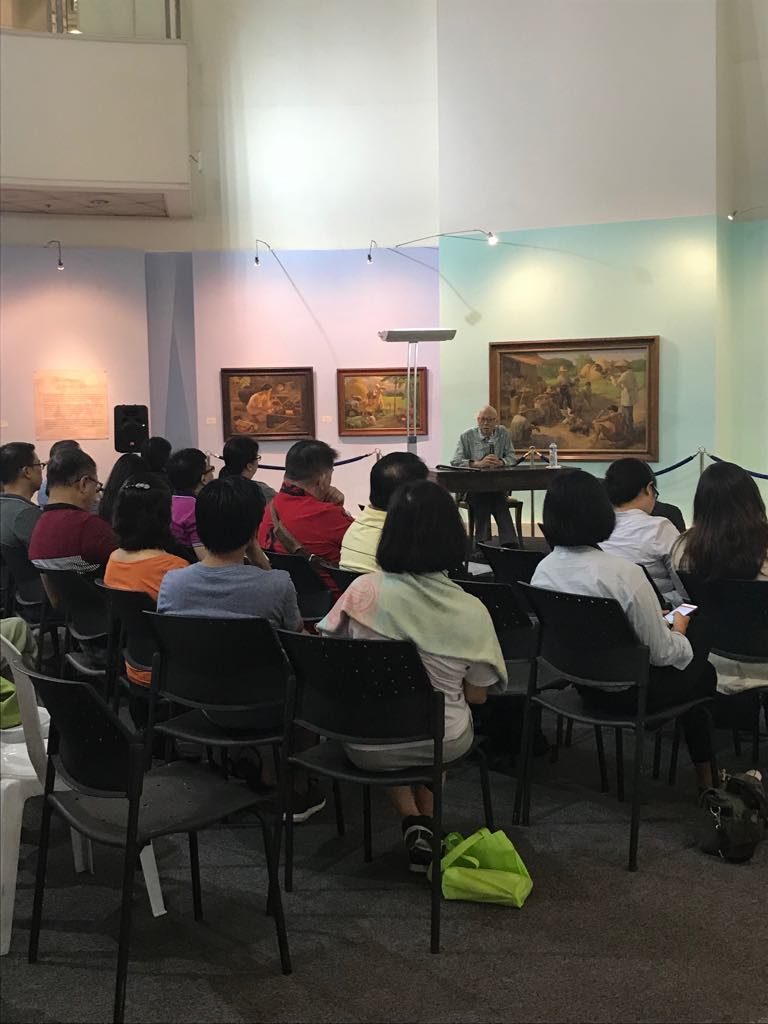
Let’s take a look of how Mr. Tinio rediscovered Binondo throughout the years, especially in its family backgrounds.
10. Binondo was once called as a peryahan.
According to him, the pre-modern Binondo was once called as a peryahan during the Spanish and early colonial times. The Chinese came to the Philippines to trade like any other nationalities did at that time. The traveling merchants were called sanglay or sangley. Trading was done during February to June, and in order to go outside of the trade or peryahan, they should be baptized as Christians.
9. In the 18th century, Binondo was purely Chinese.
Due to its major Chinese influences, Binondo is the home of Chinese inheritance in the Philippines and is marked as the world’s oldest Chinatown. Majority lived in Tondo while the upper-class Filipinos at that time lived in Gagalangin!
8. The Tuasons were the richest public figures (as a family) in the Philippines during the 18th to 19th century.
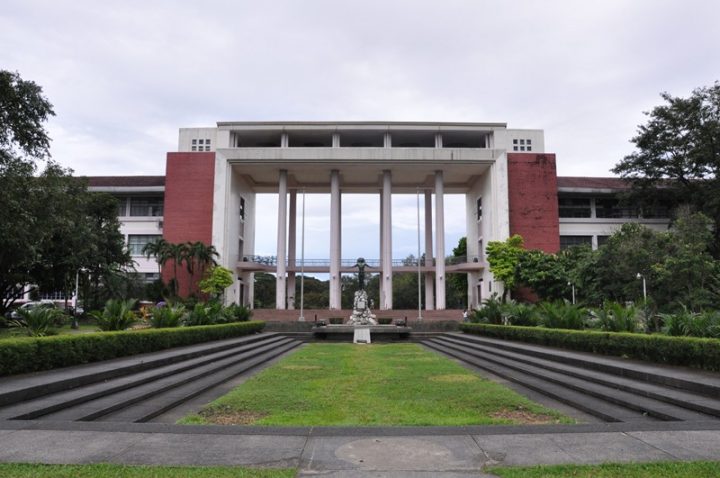
It is due to their massive acquisition of lands that are now famous areas today, like the Hacienda de Sta. Mesa (part of Tatalon St., Talayan Village and Sta. Mesa Heights in Quezon City), Hacienda de San Isidro de Mariquina in the East (present-day Mandaluyong, parts of Rizal, Pandacan in Manila, Pasig and even Caloocan), Hacienda de Nagtahan (present-day San Miguel, Legarda near University Belt and Bacood in Sta. Mesa) and Hacienda De Diliman (present-day U.P. Diliman, and the areas from Bago Bantay in North EDSA to Balintawak) that the Tuasons were the richest family in that era. All of the areas they acquired have a combined value of hundreds of millions of pesos in the present time!
7. The Gorrichos developed Escolta.
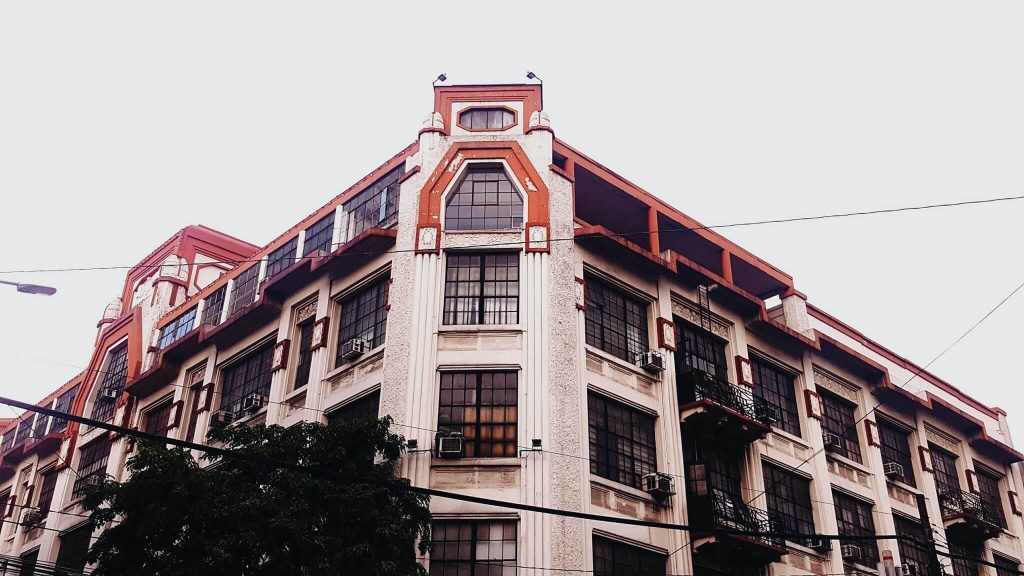
Being one of the sought-after business districts at that time, Escolta was developed by the Gorrichos. Escolta came from the Spanish word escoltar, meaning “to escort.” It also means “escort of Governor-General.”
6. The Roxas and Ayalas were originally from Binondo.
Before the Makati CBD flourished, the Roxas-Ayala clans originally lived in Binondo. The clans served in various industries like brewery (Distillerio de San Miguel), sugar planting in Negros, and many others.
5. An architect from the Roxas – Ayala Clan was inspired by Gustav Eiffel.

(Photo from Hecho Ayer in WordPress)
Felix Roxas, claimed to be the country’s first modern architect, studied architecture for 13 years in Europe and designed the San Ignacio Church in Intramuros, Manila. He was inspired by Gustav Eiffel because of the usage of steel, which was inherited to his works.
4. The Tutuban house was actually owned by the Sy Quia clan.
Tutuban was originally a private house owned by the Sy Quia clan. It became a railroad station in 1880 after being sequestered by the government and, today, it is now known as the Tutuban Main Station. The most prominent artifact in the original Tutuban house is the marble table that was transferred to Villa Escudero for two weeks, carried by a platoon of huge carabaos!
3. Martina Paterno and Mariano Zamora built five houses dedicated to the Paterno family.
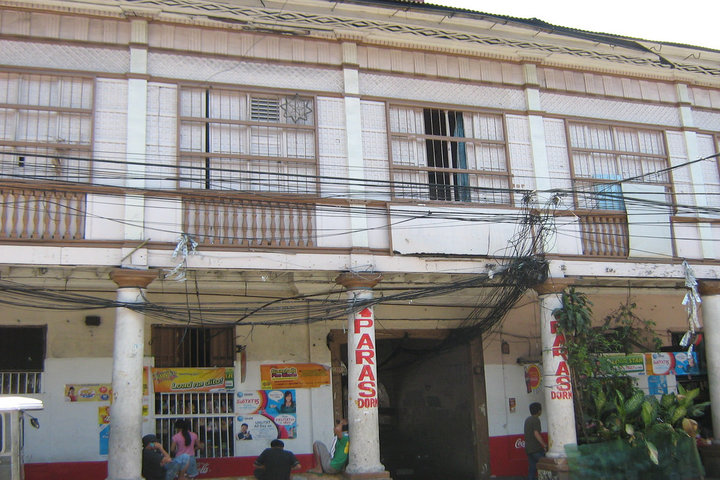
The houses were called “Paterno Houses,” located in the present-day M. Hidalgo Street in Quiapo, Manila.
2. A hero of the Pact of Biak-Na-Bato is from a Paterno.
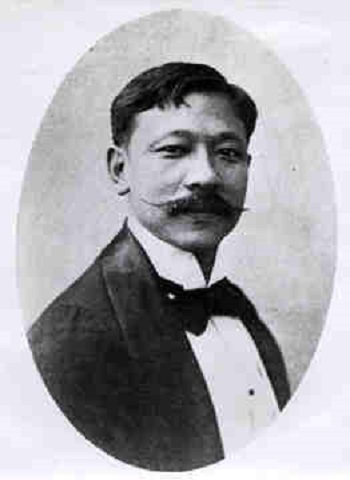
He is Pedro Alejandro or most commonly known as Pedro Paterno, one of the 13 children of Don Maximo Paterno, who was exiled for 10 years in Guam. Surprisingly, his special talent is doing embroidery using human hair!
1. Families in Binondo were known to be similar in other modern-day families.
The families in Binondo are known to be industry-oriented and they coming from simple lives until they became rich. The younger generation lived very well and were known to pay cash for the properties they bought.
–
A mobile app from the Yuchengco Museum is coming soon to learn more about the said topic (plus more topics!) for the younger generations to read on. The second part of the Tea with Tinio series is coming this April, which will focus on the 1850 – 1900 eras.
For more information about their future events, check out the social media pages and website of Yuchengco Museum below:
Yuchengco Museum
RCBC Plaza, Ayala Ave., Makati City
Website: https://yuchengcomuseum.org/
Facebook: https://www.facebook.com/yuchengcomuseum/

